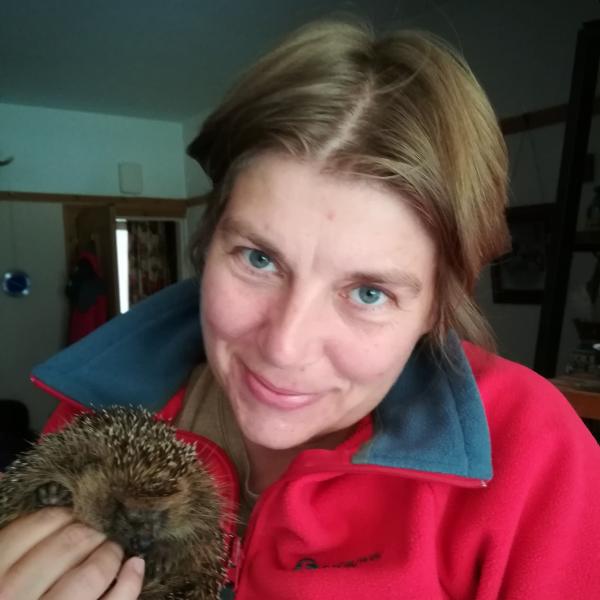Scientists at the University of Sheffield have captured the first ever footage of a wild otter in the Peak District as part of a study which could help recovering otter populations.
The footage, which was filmed by a research team led by the University of Sheffield’s Department of Animal and Plant Sciences, shows an otter marking territory by leaving spraint (droppings) on the bank of a river.
Otter numbers crashed in the UK becoming locally extinct in much of England by the 1970s. Bans on pesticides, legal protection, improvements in water quality and targeted conservation efforts have led to the return of the otter to many counties. However, recovery has been slow, particularly in the North of England.
Researchers at the University of Sheffield are now using DNA extracted from otter droppings (spraints) to study the connectivity and seasonality of otter movements and their diets in the region.
Findings from the study could help to make recommendations to improve habitat for otters and their prey, and identify ways to improve connectivity, which could help the recovering otter population.
Dr Deborah Dawson, who is leading the otter DNA analysis at the University of Sheffield, said: “To obtain footage of otter in the Peak District is fantastic and we look forward to analysing the spraint (droppings) this individual left behind alongside other spraints we have found in the Peaks to obtain genetic profiles. These can then be compared to work out the numbers, sexes, distances travelled and diet of our local otters.”
Dr Douglas Ross, who filmed the footage, said: “To have camera footage and know otters are moving around the Peak District is really exciting, and the potential to use spraint DNA to identify this specific individual and its diet makes it all the more personal.”
This study of Peak District otters follows a separate DNA study led by University of Sheffield scientists in collaboration with the University of Leeds and the Sheffield and Rotherham Wildlife Trust, which revealed that a small population of otters has returned to Sheffield on the River Don for the first time in nearly 50 years.
In the 1970s, Sheffield’s River Don was one of the most polluted rivers in Europe wiping out the population of otters living in the region.
Researchers from the University of Sheffield conducted the first ever DNA-based survey of otter numbers in the north of England to detect seven otters on the River Don this year, including at least two males.
Otters were detected in urban, suburban and rural locations across the South Yorkshire region, with a female being detected in a rural area north of Sheffield.
DNA analysis can reveal new insights into otter numbers, sexes and distribution along a river.
Amy Withers, a visiting MSc student from the University of Leeds, performed the DNA profiling of Sheffield’s otters co-supervised by Dr Deborah Dawson and Dr Hannah Dugdale. Amy said: “We are really excited to have identified seven different individual otters that have visited Sheffield in 2017.
“To be able to use genetic analysis to investigate otters on the River Don and learn more about this very elusive mammal has been an amazing experience. Our results matched well with previous records of otter presence based on sightings and signs around Sheffield, but we were able to take this further to produce the first DNA-based estimate of otter numbers in the region.”
Dr Dawson added: “The detection of seven otters in the study area demonstrates that there have been significant improvements to the water quality of the River Don. Otters can act as DNA detectives and help to reveal other species present and so the health of the river.
“Previous studies suggest that otters can have very large territories that do not overlap. Females can travel 8-10 km and males up to 40 km - it is therefore unlikely that more than one adult male otter, or one mother with cubs, is resident in Sheffield but passage through Sheffield and along the River Don is obviously important for the recovering local otter population.
“Let’s hope the many current and planned riverside developments can be done sympathetically to protect our wildlife and improve connectivity along our waterways so the River Don catchment and its wildlife can be cherished and enjoyed.”
Researchers at the University involved in the Sheffield otter study are now looking for partners for the next stage of the project to discover future insights into the recovering otter population.
Dr Dawson added: “We would love to find out more about Sheffield’s otters and otter distribution in the Peak District and encourage interested parties to share knowledge and to get in touch with us. We would also love to hear from any prospective partners or sponsors.”




